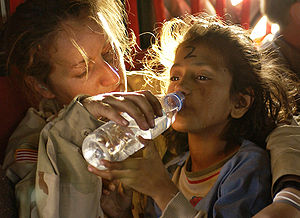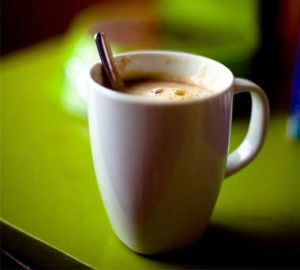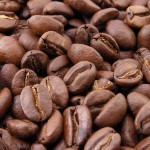I have been recommending for some time now that people not rely upon sun for all levels of Vitamin D. Sunshine is quite wonderful for you, despite what the dermatologists and cosmetic salespeople tell you, so long as you are sensible about exposure. But as the story below tells you, it isn’t enough for your Vitamin D requirements.
Most of us live far too north to get the proper light intensity or the correct angle of the rays needed to produce Vitamin D. Virtually all makeup and most skin creams have a SPF blocking free access to sunlight. And very few of us are willing to foreswear soap for 48-72 hours after sun exposure in order to allow the Vitamin D conversion. Our food no longer has much since animals are fed indoors on grain instead of growing grass and herbs. And frankly the levels we need are too high without supplementation.
I personally take 10,000 iu of Vitamin D daily. That is roughly half of what someone might pick up in a couple of hours of sun at the equator where humans evolved. I suggest considerably higher doses for people with cancer or other serious illnesses, but I do suggest they periodically get their blood tested. Although toxicity is virtually unknown in the literature, it has been seen anecdotally with doses over 120,000 iu for prolonged periods of time. (People with scleroderma or abnormal calcium metabolism can’t take it though.) Doctors give prescription doses as high as 300,000 iu on a periodic basis for people who are seriously deficient. But none of these dosages will be found in your multivitamin or calcium pill, or even your cod liver oil. Those doses are more like 400 iu. You need to seek out the few vitamin manufacturers who are up on the Vitamin D research and make high potency pills.
Adequate Sun Exposure No Guard
Against Low Vitamin D
In many people, vitamin D levels can remain low despite abundant exposure to sunlight, research shows. Inadequate sun exposure is often blamed for the high prevalence of low vitamin D status, the authors explain, but the truth of this has been unclear. Dr. Neil Binkley with the University of Wisconsin Osteoporosis Clinical Research Program, Madison, and colleagues investigated the vitamin D status of people living in sun-drenched Hawaii. The 93 participants in the study spent an average 22.4 hours per week outside without sunscreen and 28.9 hours per week outside with and without sunscreen. This translates to a mean of 11.1 hours per week of total body skin exposure with no sunscreen used, the authors calculate. Despite this abundant sun exposure, 51 percent of these individuals were found to have low vitamin D levels, the researchers found. “This implies that the common clinical recommendation to allow sun exposure to the hands and face for 15 minutes may not ensure vitamin D sufficiency,” Binkley and colleagues report.
It should not be assumed that individuals with abundant sun exposure have adequate vitamin D status,” the team concludes.
SOURCE: The Journal of Clinical Endocrinology & Metabolism, June 2007.

 We all need water. Water helps hydrate our tissues and flushes our kidneys. We are 85% water and we need to replace water lost through urine, stools, sweat and breathing. Water even carries qi, via hydronium ions, so you want to drink enough if you are feeling lethargic.
We all need water. Water helps hydrate our tissues and flushes our kidneys. We are 85% water and we need to replace water lost through urine, stools, sweat and breathing. Water even carries qi, via hydronium ions, so you want to drink enough if you are feeling lethargic.

 between long-term caffeinated and decaffeinated filtered coffee consumption and markers of inflammation and endothelial dysfunction. … CONCLUSIONS: These results indicate that neither caffeinated nor decaffeinated filtered coffee has a detrimental effect on endothelial function. In contrast, the results suggest that coffee consumption is inversely associated with markers of inflammation and endothelial dysfunction.
between long-term caffeinated and decaffeinated filtered coffee consumption and markers of inflammation and endothelial dysfunction. … CONCLUSIONS: These results indicate that neither caffeinated nor decaffeinated filtered coffee has a detrimental effect on endothelial function. In contrast, the results suggest that coffee consumption is inversely associated with markers of inflammation and endothelial dysfunction.